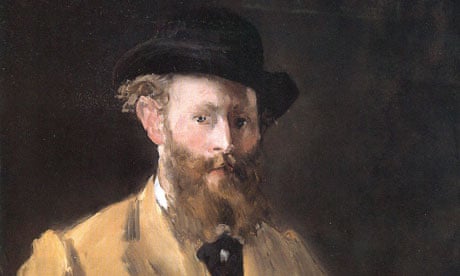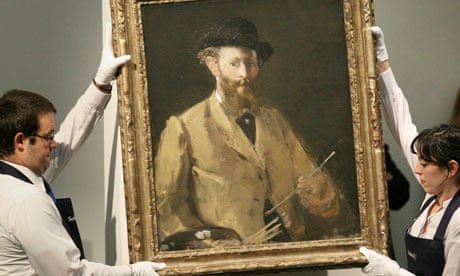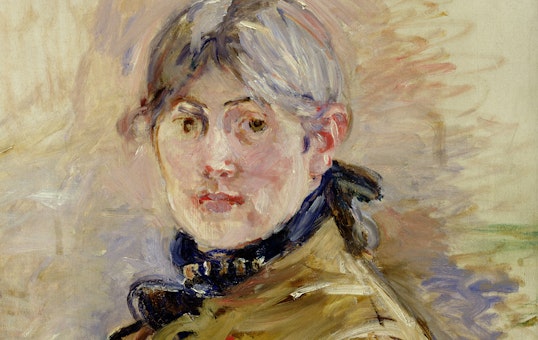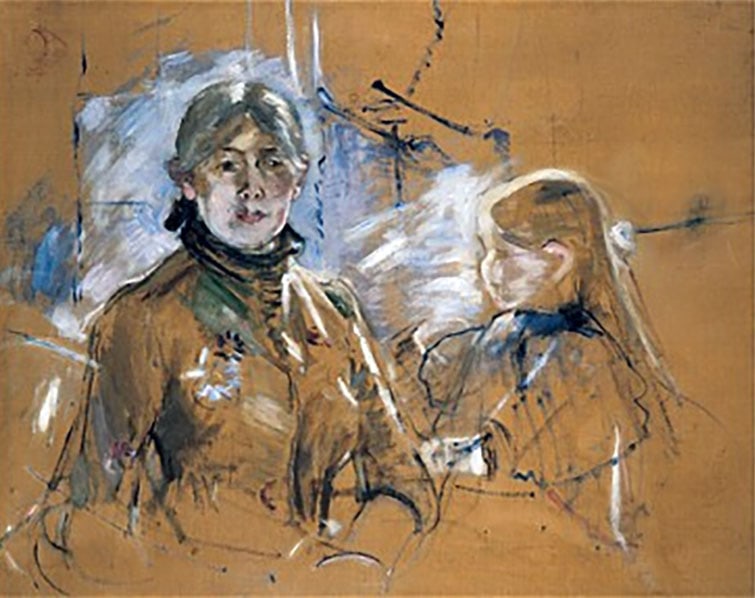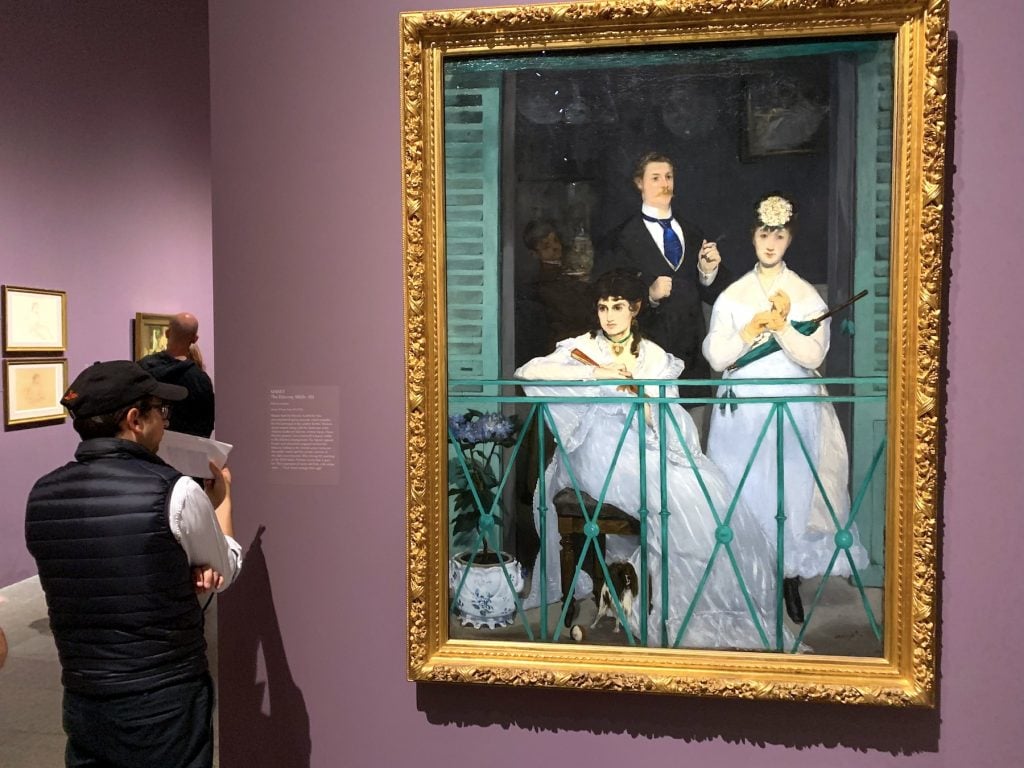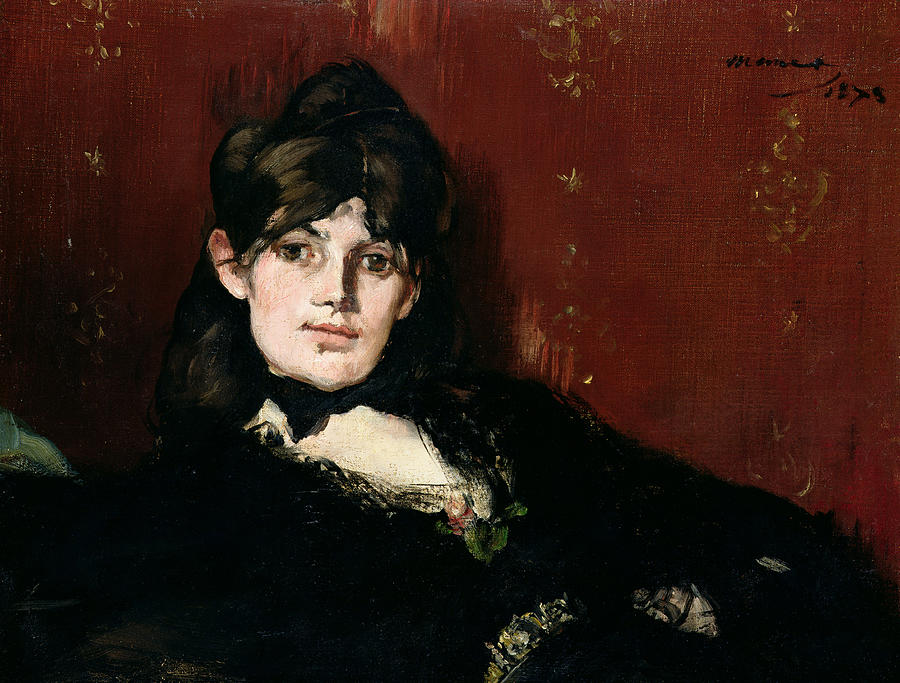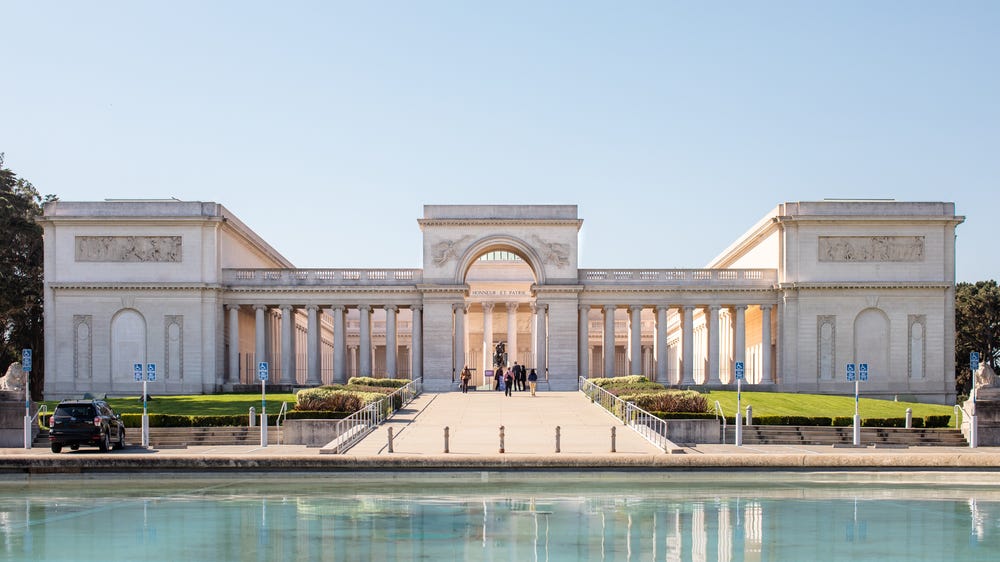
Manet & Morisot: Unveiling the Intimate Bond of Two Impressionist Pioneers at the Legion of Honor
Share
In the elegant halls of the Legion of Honor museum in San Francisco, a groundbreaking exhibition titled "Manet & Morisot" illuminates the profound artistic and personal connection between two 19th-century French painters: Édouard Manet and Berthe Morisot. Running from October 11, 2025, to March 1, 2026, this intimate show—featuring 36 paintings and six drawings—marks the first major presentation dedicated solely to their creative exchange, challenging long-held narratives that positioned Manet as the dominant mentor and Morisot as his mere muse. Instead, it celebrates their reciprocal influence, a "mind-meld" encapsulated in the portmanteau "Marisot," coined by French philosopher Fabienne Brugère, symbolizing their merged artistic spirits amid the dawn of Impressionism. As visitors wander through the neoclassical architecture of the museum, overlooking the Golden Gate Bridge, they are invited to explore how these avant-garde artists navigated friendship, family ties, and subtle romantic tensions, all while reshaping modern art.
Édouard Manet, born on January 23, 1832, in Paris to a affluent family—his father an official in the Ministry of Justice—initially aspired to a naval career but turned to painting after failing naval exams. Studying under Thomas Couture and traveling extensively to study Old Masters, Manet became a pivotal figure in transitioning from Realism to Impressionism, defying traditional techniques with bold brushwork and contemporary subjects that often scandalized the Parisian Salon. His works, like the infamous "Olympia" and "Luncheon on the Grass," captured modern life with unflinching directness, earning him the title of "ur-modernist." Manet's personal life was marked by his marriage to Suzanne Leenhoff, yet his encounters with fellow artists fueled his evolution.
Berthe Morisot, born January 14, 1841, in Bourges, France, emerged from a bourgeois background where her artistic talents were nurtured alongside her sister's. As one of the few women in the Impressionist circle, Morisot exhibited regularly with the group from 1874 onward, focusing on domestic scenes, landscapes, and portraits that conveyed intimacy and transience through loose, luminous brushstrokes. Despite societal constraints on female artists, she became a founding member of the Impressionists, influencing peers like Renoir and Monet. Her marriage to Eugène Manet, Édouard's brother, in 1874 not only secured her financial stability after her father's death but also deepened her ties to the Manet family.
The duo's paths crossed in 1868 at the Louvre, introduced by mutual friend Henri Fantin-Latour. This meeting sparked an immediate rapport, blending professional admiration with personal affection. Morisot, already an established painter, posed for Manet in several portraits, while he encouraged her participation in the burgeoning Impressionist movement. Their correspondence reveals teasing banter and deep respect; in one letter, Morisot confided, “Manet teases me incessantly, makes fun of my manners, and I end up finding that, if he were free, I’d be much likelier to fancy him than anyone else.” Though Manet was married, historians speculate an early romantic undercurrent, evident in the charged intimacy of his depictions of her. Both endured the hardships of the 1870-71 Siege of Paris, remaining in the city as others fled, forging a bond through shared adversity. Morisot's eventual marriage to Eugène in 1874, supported by the Manet family, transformed their connection into a familial one, allowing continued collaboration without societal scandal.
Central to the exhibition are Manet's portraits of Morisot, which serve as visual testaments to their evolving relationship. In "The Balcony" (1868-69), painted shortly after their meeting, Morisot appears seated on the left with a fierce, direct gaze that commands attention, exuding "main-character energy" amid a group scene inspired by Goya. This work not only highlights her poise but also marks the beginning of Manet's fascination with her as a subject, blending Spanish influences with modern Parisian life.
Another highlight is "Berthe Morisot Reclining" (1873), where Morisot lounges suggestively on a divan, her dark attire and relaxed posture hinting at underlying tension. This portrait, with its loose brushwork and intimate composition, reflects Manet's shift toward Impressionist techniques, possibly influenced by Morisot's own unfinished style. The exhibition juxtaposes these with Morisot's works, demonstrating how she encouraged Manet to loosen his rigid figuration, adopting lighter palettes and spontaneous effects that defined Impressionism.
The Legion of Honor, part of the Fine Arts Museums of San Francisco, provides a fitting venue for this narrative, its Beaux-Arts architecture echoing the era's grandeur. Curated to avoid sensationalizing romance, the show instead emphasizes reciprocity, countering patriarchal art histories that diminished Morisot's contributions. As the exhibition catalog notes, their bond akin to a modern celebrity couple underscores mutual advocacy: Morisot passionately promoted Manet's work, while he featured her prominently. This approach rectifies gender imbalances, making Morisot's influence on Manet undeniable. The display contrasts with previous dual-artist shows, like the 2023 Manet/Degas exhibition at the Met, by focusing on collaboration over competition.
Critically, "Manet & Morisot" arrives at a time when reevaluating women's roles in art history is paramount. By highlighting Morisot's vanguard status and her impact on Manet's later style, the exhibition challenges viewers to see beyond traditional hierarchies. It also contextualizes their story within broader socio-political events, like the Franco-Prussian War, which tested their resilience. As the show prepares to travel to the Cleveland Museum of Art in spring 2026, it promises to inspire new scholarship on these "soul mates in modernity."
In essence, this exhibition not only revives the legacies of Manet and Morisot but also invites reflection on how personal connections fuel artistic innovation. Through their shared vision, they bridged Realism and Impressionism, leaving an indelible mark on modern art.
FAQ
What is the "Manet & Morisot" exhibition about? The exhibition explores the artistic and personal relationship between Édouard Manet and Berthe Morisot, emphasizing their mutual influence and challenging traditional views of Morisot as merely Manet's muse.
Where and when is the exhibition held? It is on view at the Legion of Honor in San Francisco from October 11, 2025, to March 1, 2026, and will travel to the Cleveland Museum of Art in spring 2026.
Who were Édouard Manet and Berthe Morisot? Manet was a French modernist painter known for bridging Realism and Impressionism, while Morisot was a key Impressionist artist, one of the few women in the movement, renowned for her intimate domestic scenes.
What is the significance of their relationship? Their bond involved friendship, possible romantic tension, and familial ties after Morisot married Manet's brother, with reciprocal artistic influences that shaped Impressionism.
What key artworks are featured? Highlights include Manet's "The Balcony" (1868-69) and "Berthe Morisot Reclining" (1873), showcasing Morisot as a central figure in his work.
Can the public visit the exhibition? Yes, tickets are available for general admission, with special previews for members. Check the Fine Arts Museums of San Francisco website for details.

